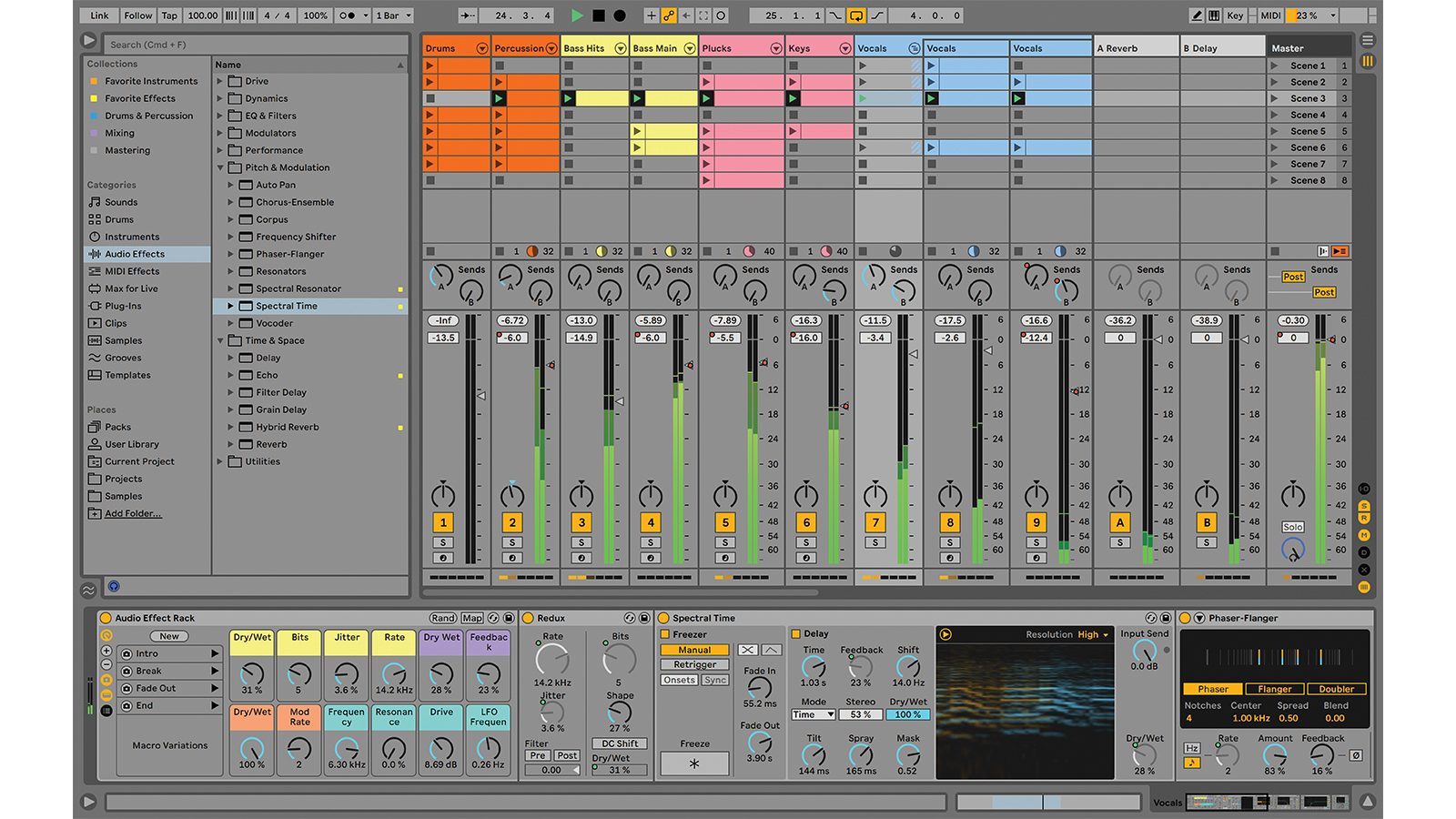James Hurr's top 5 house production tips
The house music maestro gives us 5 golden rules to follow when creating your next funky dancefloor stomper

James Hurr is a veteran house producer who's been tapped for remixes by the likes of Beyoncé, Kylie Minogue, Robbie Williams and Nile Rodgers.
After dropping in earlier this week to give us a behind-the-scenes look on how he produced his Tasty Lopez collaboration Love Together, James graced us with five of his house production secrets.
1. Focus in on the transients
“Pay attention to transients. Badly made samples often have very hard attacks. If you want to make stuff sound more organic, you can bring down the attack using a transient shaper. You can then make them sound a bit softer. It’s nicer on the ears and it makes them sound more groovy. It also makes stuff fit in the mix better.”
2. Reference with tracks that work
“It’s really, really important to know how your track sounds against other tracks that are currently popular and being played by DJs.

"I will always drag in two or three reference tracks that I know work well, sonically, and assign a separate output to them so they’re not affected by any master processing.
I will constantly A/B between those and my track, comparing to make sure that I’ve got the levels of everything right.”
3. Mix around the kick
“If you’re making house music, set the kick drum at the same level as you would hear the kick drum in another track. So 0dB, minus one or two dB, something like that, very close to the top.
Want all the hottest music and gear news, reviews, deals, features and more, direct to your inbox? Sign up here.
"If you’re making dance music I would start mixing from there. In house music especially, the kick drum is very much fundamental to the mix and to the whole groove of the track.”
4. Keep the fundamentals nice 'n' clear
“The kick, the hat and the clap are the fundamental parts of a house track. Without those parts sounding right, the track will not work, and it won’t stand up to other tracks in the genre.
"Sometimes I find myself throwing so much stuff on top of these that I lose sight of the groove. Then when you play it on a laptop, the kick disappears!”
5. Vocal processing
“I would say it’s often good to think about the space of vocals and where they sit in a track. Just throwing loads of reverb on vocals doesn’t necessarily work, especially if there’s nothing else in the track that’s got reverb on it!
"If that’s the case it might be worth considering treating vocals the same way, and just having a short delay rather than a massive reverb.”


Future Music is the number one magazine for today's producers. Packed with technique and technology we'll help you make great new music. All-access artist interviews, in-depth gear reviews, essential production tutorials and much more. Every marvellous monthly edition features reliable reviews of the latest and greatest hardware and software technology and techniques, unparalleled advice, in-depth interviews, sensational free samples and so much more to improve the experience and outcome of your music-making.
